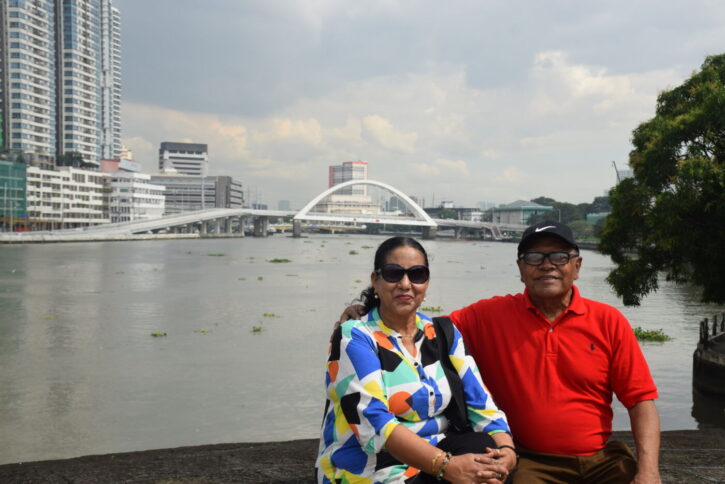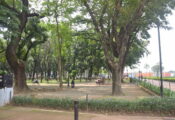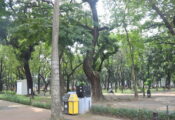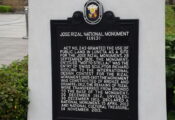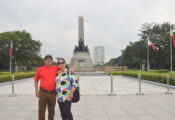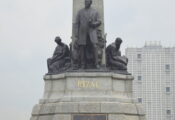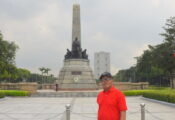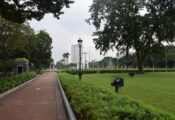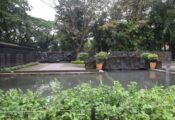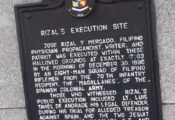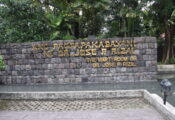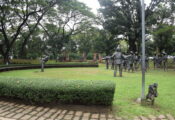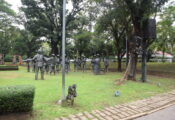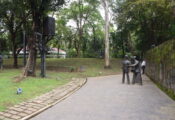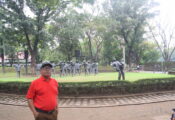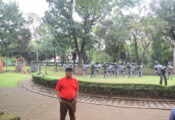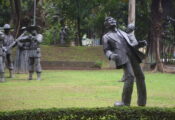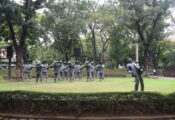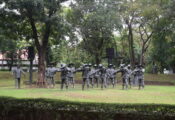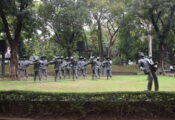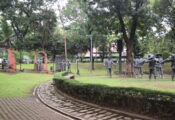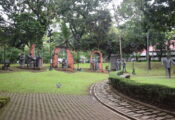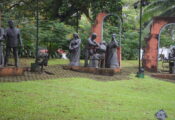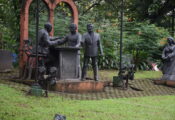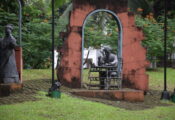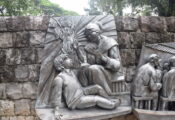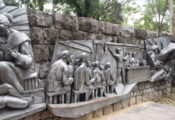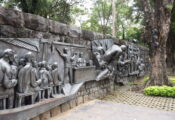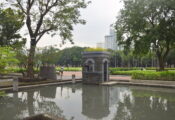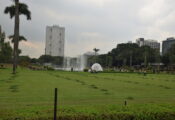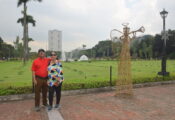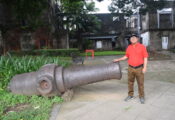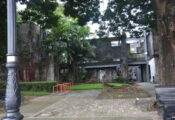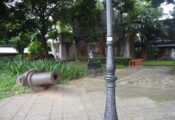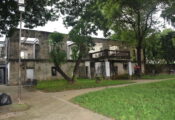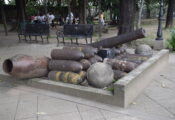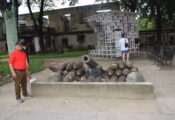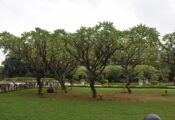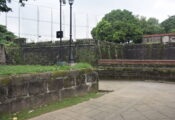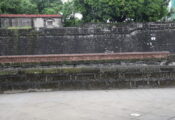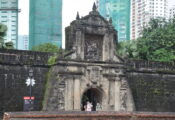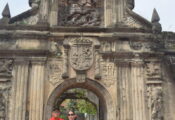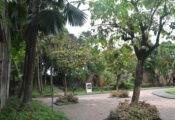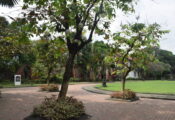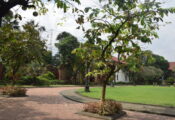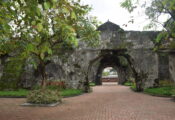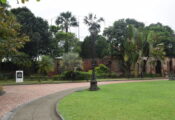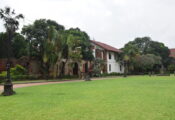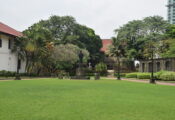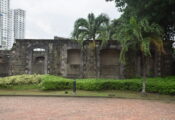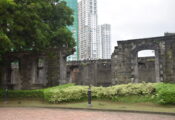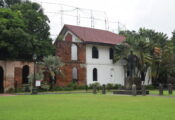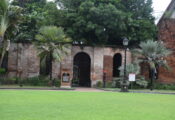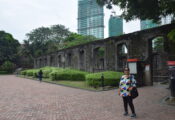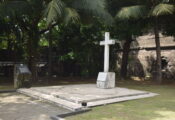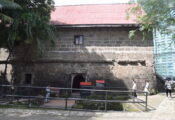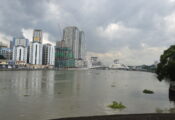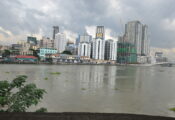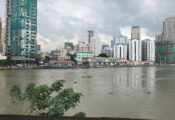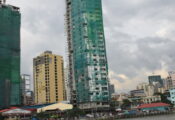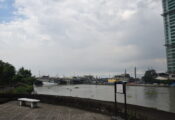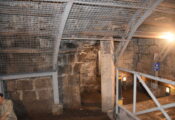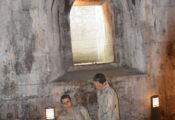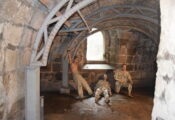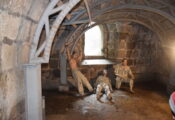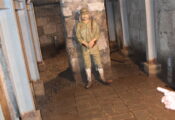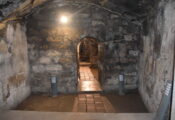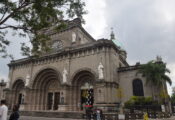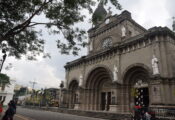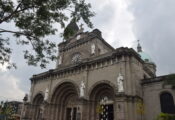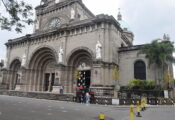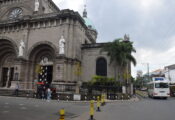Jose Rizal No self-respecting town in the country is without a statue of the man, or does not have a major street named after him. Reverence for thinker Dr Jose Rizal, who died a martyr at age 35 in the last years of Spanish rule, has spanned a century and spread to foreign lands. Born on June 19, 1861, in the town of Calamba in Laguna Province, Rizal was to live a short but eventful life till 1896. He had initially studied ophthalmology to cure his mother’s eye condition; he was also a physician, naturalist, botanist, engineer, linguist, sculptor, musician, composer, poet, dramatist, novelist, reformist, thinker, and writer. Rizal’s two novels – Noli Me Tangere (Touch Me Not) and El Filibusterismo (The Filibusterer) – were written and published in Europe at the time he led a movement for political reforms. The novels were deemed incendiary by powerful friars. He was exiled to Dapitan, Mindanao, for four years after returning from Europe. There he set up a school, fixed up the waterworks, and wrote music. He also won the heart of Josephine Bracken, an Irish woman who had accompanied her foster father to his eye operation. Their brief seaside romance was marred only by a stillborn son. Exile and imprisonment Emissaries from Andres Bonifacio’sKatipunan, which favored armed struggle, offered to help Rizal escape so he could return to Manila to lead the revolution. Instead, the writer who advocated non-violence volunteered to serve as a doctor for the war in Cuba. But when his ship docked at the first port on the way to the Americas, a telegram came, ordering his return to Manila. He was placed under arrest on the grounds of complicity in the revolution, and a quick trial sentenced him to death by musketry. In his cell in Fort Santiago, Rizal composed a long poem in Spanish, Mi Ultimo Adios (My Last Farewell). He concealed it inside an oil lamp, which he handed to his sisters on the eve of his execution. He walked calmly to his death at dawn on December 30, 1896, to a field by Manila Bay called Bagumbayan, later renamed Luneta for its crescent shape. Rizal protested against having to be shot in the back, for he was no traitor. As the shots rang out, he attempted to twist his body to face the rising sun at the moment of death. His last words were “Consummatumest” (“It is finished”). His martyrdom set the country aflame. A revolution broke out, and soon Asia had its first independent republic, cut short by the Americans’ entry into the Pacific. The new colonial power recognized Rizal as a national hero. Tributes worldwide On the centennial of his death, a monument to Rizal was unveiled in Madrid, the capital of the colonial government that had executed him by firing squad. Rizal busts or markers can be found on a plaza in Heidelberg, Germany, at a residential building in London, in cities across the United States where Filipino American communities have strong representation, and in Latin America. An international conference on Rizal in 1997 took place in Jakarta to give tribute to a man described by Malaysian Deputy Prime Minister Anwar Ibrahim as “the pride of the Malay race,” a reference to the historical ethnic origins of many Filipinos.
